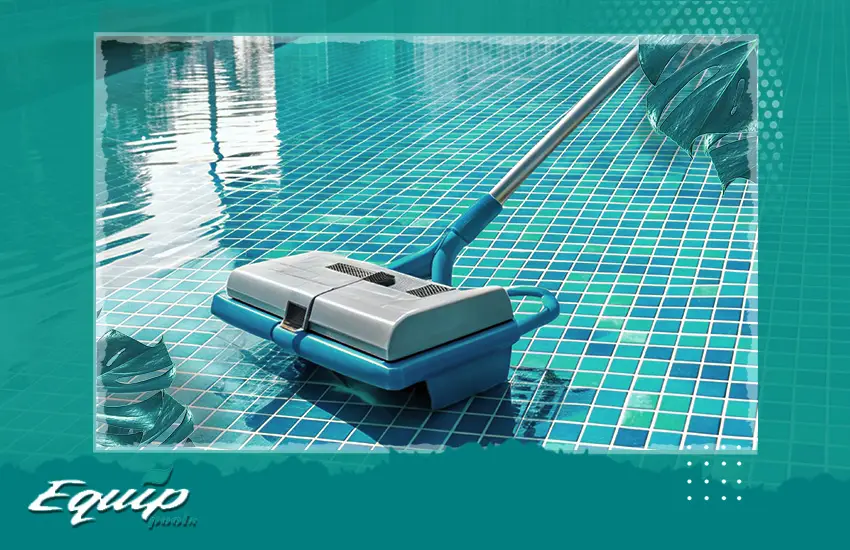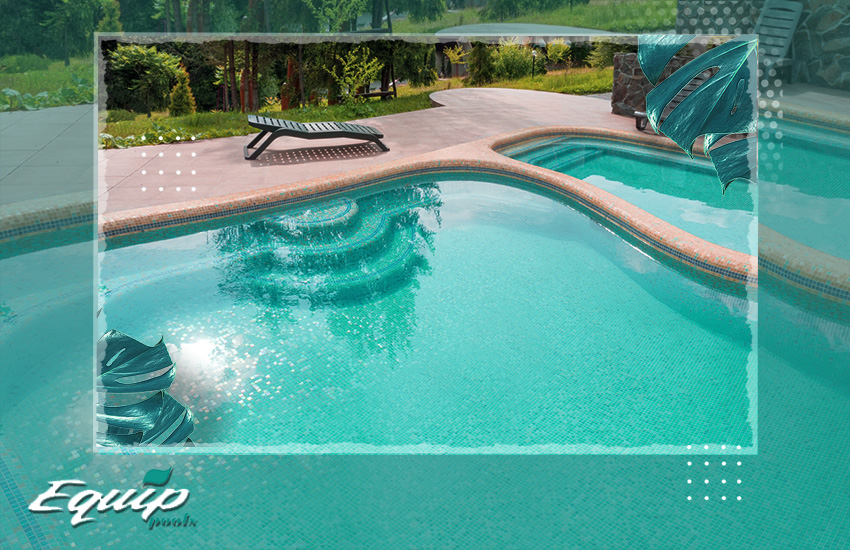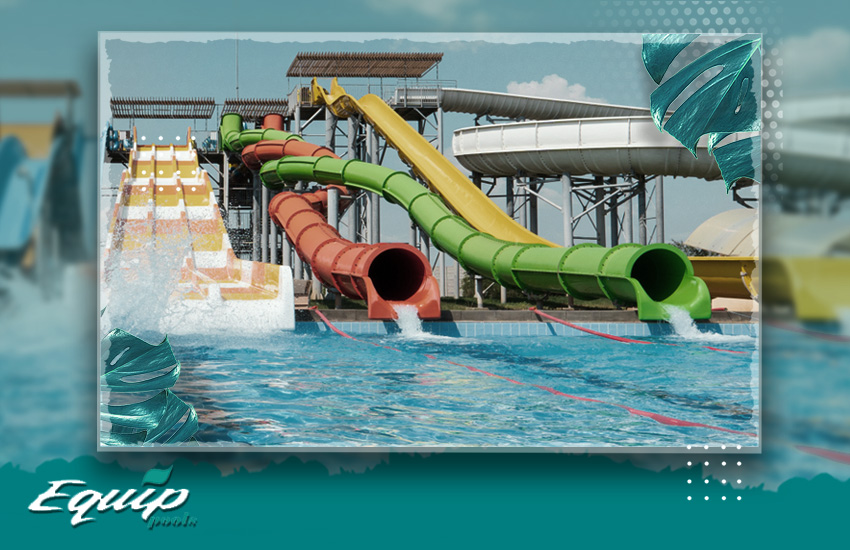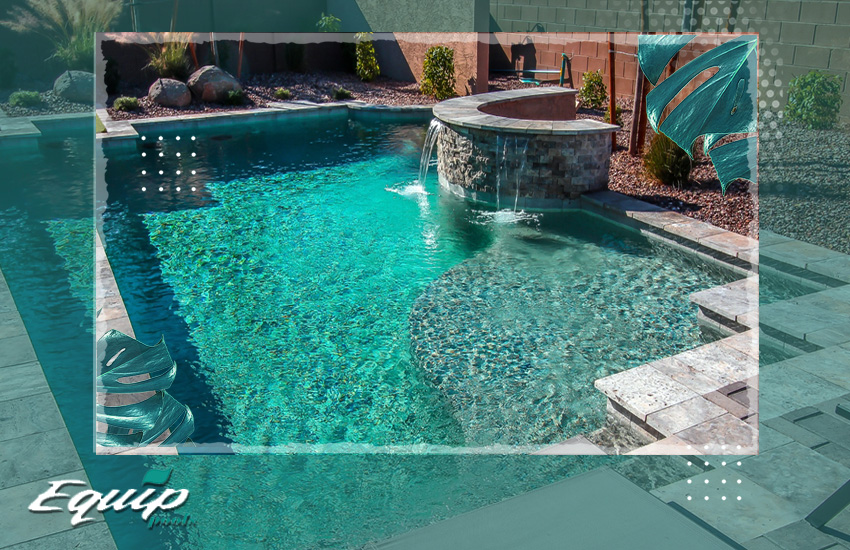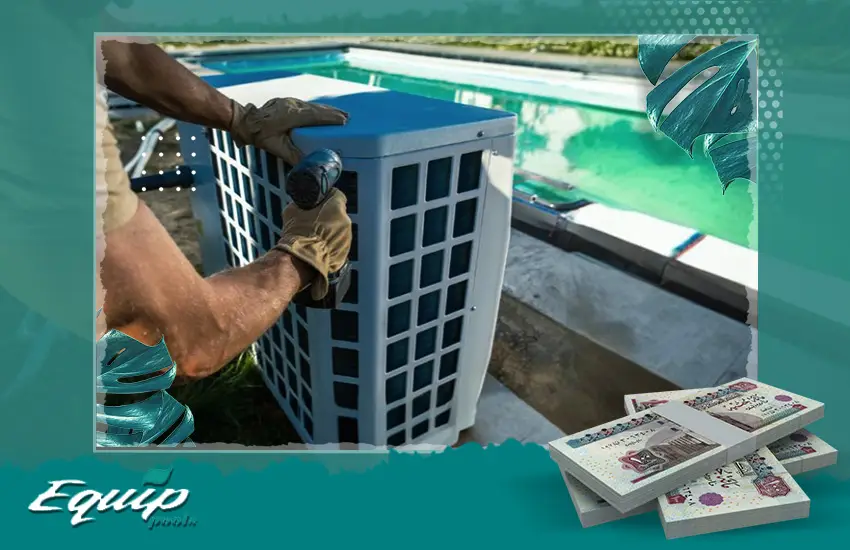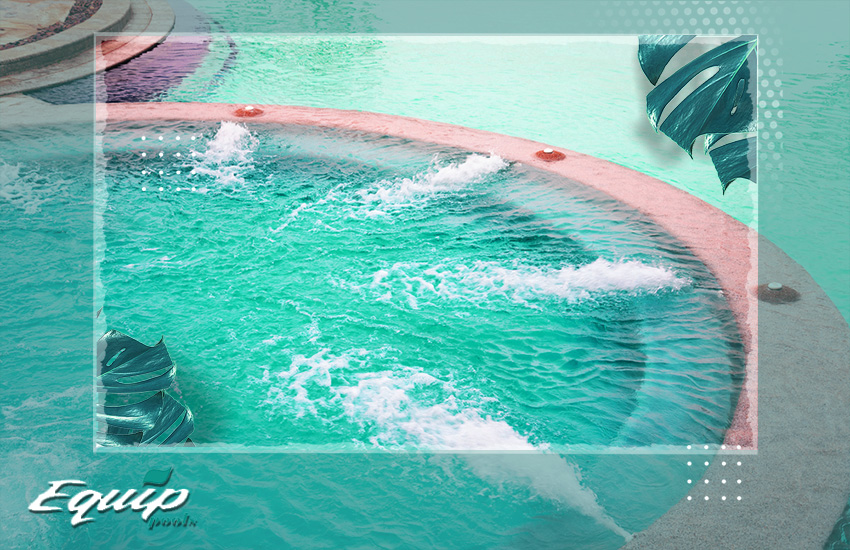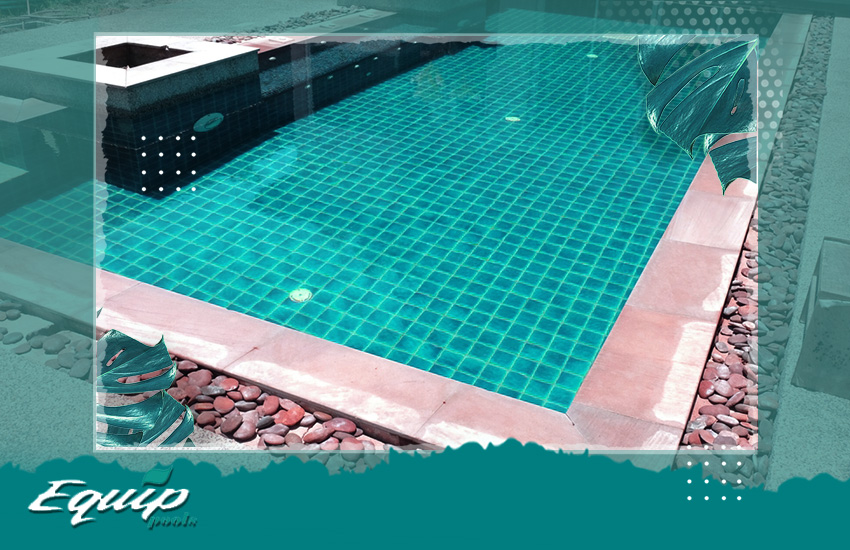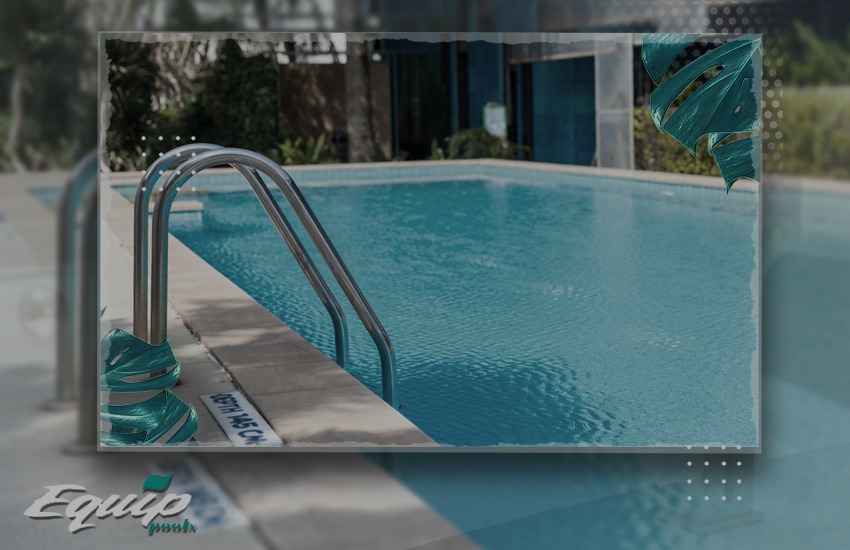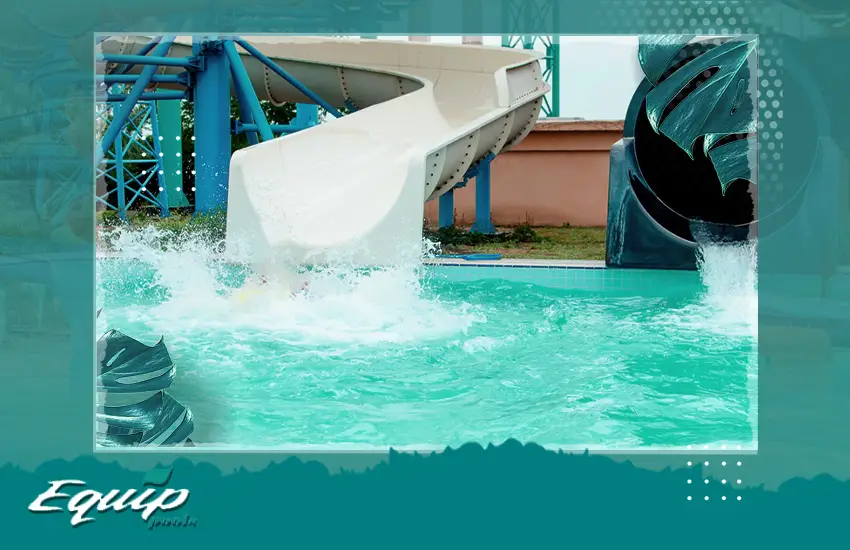Your pool might sparkle, but is it safe? Here’s how to clean pool water before it’s too late.
Owning a swimming pool is a luxury, but keeping the water clean is a responsibility. Whether you’re preparing for summer use or managing a pool year-round, knowing how to clean pool water properly ensures not only a crystal-clear appearance but also a safe and healthy swimming environment.
Cleaning pool water isn’t just about removing leaves or visible dirt. It’s about maintaining water chemistry, disinfecting against bacteria, and keeping the circulation and filtration systems running effectively.
Test the Water Regularly
The first rule in treating swimming pool water is testing. Use a reliable test kit to check chlorine levels, pH, alkalinity, and calcium hardness at least twice a week. Balanced water reduces skin and eye irritation, protects pool equipment, and keeps disinfectants working efficiently.
- Ideal pH range: 7.2–7.8
- Chlorine: 1–3 ppm
- Alkalinity: 80–120 ppm
If any level is outside the recommended range, immediate correction is necessary before moving on to sanitization.
Shock the Pool
Even if chlorine is present, organic contaminants can build up over time. “Shocking” the pool with a higher dose of chlorine helps oxidize waste and restore balance. This process is a crucial part of swimming pool treatment and should be done weekly or after heavy use, storms, or visible water issues.
Always shock the pool in the evening to avoid chlorine loss from sunlight and let the pump run overnight to circulate the chemicals evenly.
Remove Debris and Brush Surfaces
Skim the surface daily to remove leaves, bugs, and debris. Brush the pool walls and floor at least once a week to prevent algae buildup and help loosen dirt before vacuuming. Good mechanical cleaning supports the chemical process and contributes to a more clean pool water environment.
Swimming Pool with Chlorine: Why It Still Works
A swimming pool with chlorine remains one of the most effective and affordable methods for sanitizing water. Chlorine disinfects by breaking down harmful bacteria, viruses, and organic material. Whether in liquid, tablet, or granular form, it forms the foundation of most residential pool maintenance routines.
Chlorine works best when supported by proper pH balance and regular filtration. For those who want a more automated system, adding a chlorinator or switching to a saltwater system that generates chlorine from salt can offer more consistent results with less manual input.
Maintain Filtration and Circulation
Your filter is the heart of your pool’s cleanliness. Run the pump at least 8 hours a day during peak season to ensure full water turnover. Clean the skimmer basket and backwash the filter regularly to prevent blockages and improve flow.
A poor circulation system can make even the best swimming pool treatment plan ineffective, so never ignore maintenance.
Use Supplementary Products When Needed
Besides chlorine, consider additional treatments such as:
- Algaecides: To prevent or control algae growth.
- Clarifiers: To help particles bind together for easier filtering.
- Enzymes or phosphate removers: To reduce organic load.
These products can enhance your core cleaning strategy and help maintain clean pool water even during periods of high usage.
Clean Pool, Clear Mind
Knowing how to clean pool water is more than a chore. It’s about protecting your health, your equipment, and your investment. With consistent attention to water testing, sanitation, and system maintenance, you can enjoy a sparkling, inviting pool all season long.
From manual brushing to modern chlorinators, treating swimming pool water is easier than ever with the right knowledge. Stick to a plan, respond to problems quickly, and you’ll always be one step ahead in your swimming pool treatment routine.
Read More : Understanding Swimming Pool Heater Installation Cost

